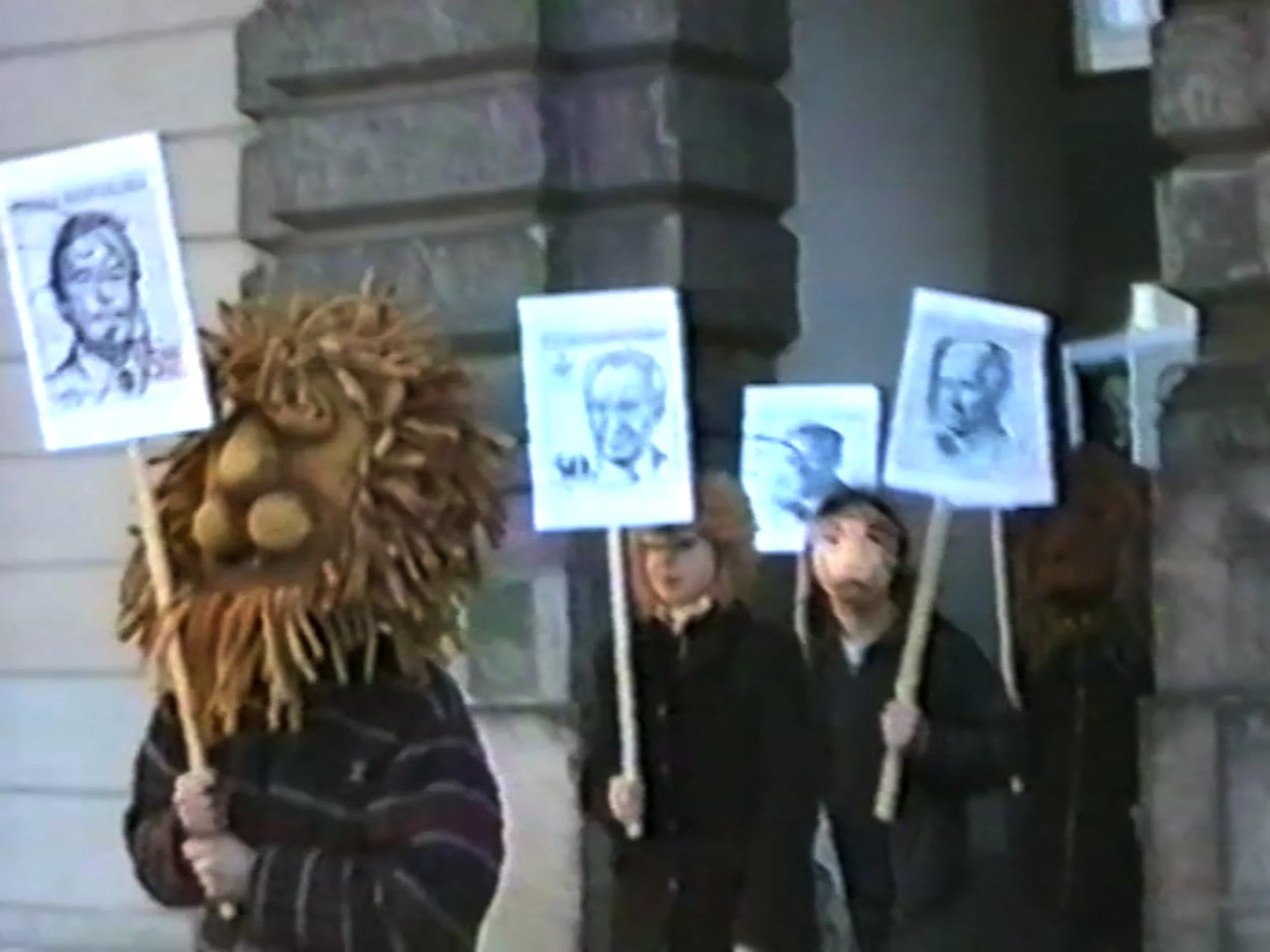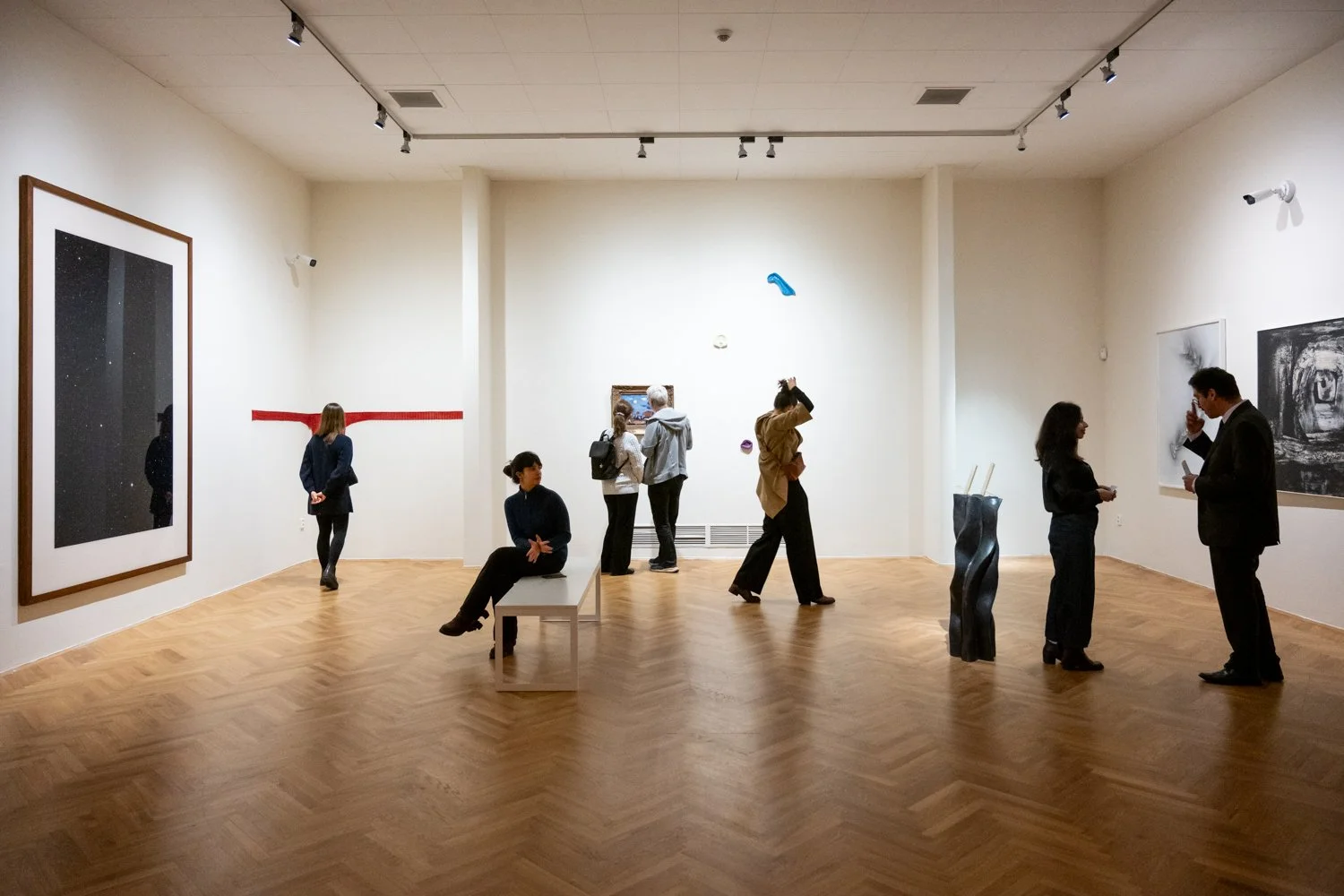“What memories do we choose to carry with us? What do we choose to suppress? And how do we navigate the absences we leave behind?”
Reidar Aulie (1904-1977), "Ruins", 1962, oil on canvas, 50 x 61 cm, acquisition: gift in 1967, registration No. 002/67
Antonín Kybal, Josef Lír, Václav Vojtěch Novák, Jaroslav Paur, Jakub Bauernfreund [Jacob Bornfriend], Gregorio de la Fuente, Pierre Lafoucrière, Boris Taslitzky, Dante Ricci, Armando De Stefano, Lily Unden, Szurcsik János a Simon Sarkantyú, Adolf Brasse Otto, Florian Breuer, Karl Oppermann, Karin Rech, Anna-Maria Blanquart a Irene Weitz-Schlösser, Reidar Aulie, Tor Hermod Refsum, Bjarne Rise, Håkon Stenstadvold a Egil Weiglin, Georg Eisler,Brădut Covaliu, sir Roger de Grey PRA, Robert Buhler RA, Saro Mirabella and José García Ortega
The history of the Lidice Art Collection is complex, and it has undergone many changes since its establishment. Its presentation has often reflected the times in which it has been exhibited.
Unwanted Art showcases several donated works for the first time, regardless of their contemporary value. The show will surprise viewers, discovering a remarkable diversity of pieces from local and faraway artists. The exhibition showcases works on resilience, identity, and cultural memory themes. Featured artists include Spanish printmaker José Ortega, known for his traditional depictions of Spanish folklore. Norwegian painter Bjarne Rise, whose work captures the raw beauty and emotional depth of the Nordic landscape, and Romanian artist Brădut Covaliu, who illustrates the intimacy of everyday life in post-war Europe.
Unwanted Art invites visitors to uncover forgotten and overlooked works—primarily by male artists—that have long remained hidden within the Lidice Art Collection. The exhibition sheds new light on international art that was once dismissed or unnoticed. It carries profound cultural and historical significance, offering a fresh perspective on what it means to be seen, valued, and remembered.
installation views of the “Weaving Memory”, photos: Lukáš Havlena















